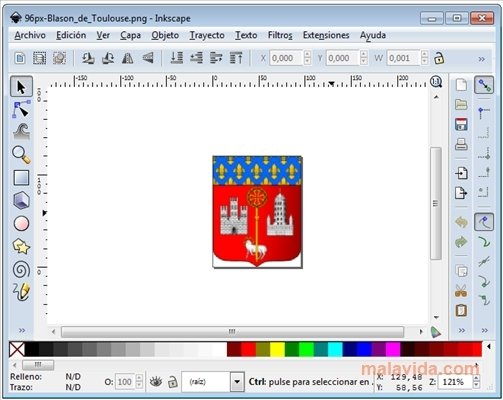

With a premium upgrade ($6.99/monthly or $71.88/annually), you may save files you create with the apps to Google Drive, Box, Dropbox, OneDrive, and other connected cloud storage services ( Figure A).įigure B Install and run Windows apps from a browser with Mainframe2. The apps work in Chrome, plus Android and iOS devices. The selection includes prominent apps, such as the LibreOffice and OpenOffice suites, Scribus (desktop publishing), GIMP (image editor), Inkscape (graphics), Freemind (mindmap), and Dia (diagrams).


RollApp offers access to hosted Linux apps in your browser. Subscription access to Linux apps in your browser. Mobile Chrome Remote Desktop apps also allow you to remotely access a system from iOS and Android devices. Follow Google's instructions to configure remote access. To set up Chrome Remote Desktop, install the Chrome browser, then install the Chrome Remote Desktop app. Otherwise, start the Chrome Remote Desktop app and create an access code to gain remote access for a single session. To login to an "always available" system, login to Chrome with the same Google Account as on your remote system for access. Configure "always available" access only on systems you fully control. You choose whether to make your system always available or shared on request. And, as of March 2015, the latest version of Chrome OS supports remote connections to - not just from - a Chromebook. Once connected, you may configure the system and run most apps remotely. Run apps on systems you control - or support.Ĭhrome Remote Desktop allows remote access from your Chromebook to a Mac, Windows, or Linux system that also has Chrome installed. Good news: you can, but you may need additional hardware - or a subscription to a service - to do so. If you use a Chromebook, you may still want to use software built for another operating system, such as Windows, Mac OS X, or Linux.


 0 kommentar(er)
0 kommentar(er)
